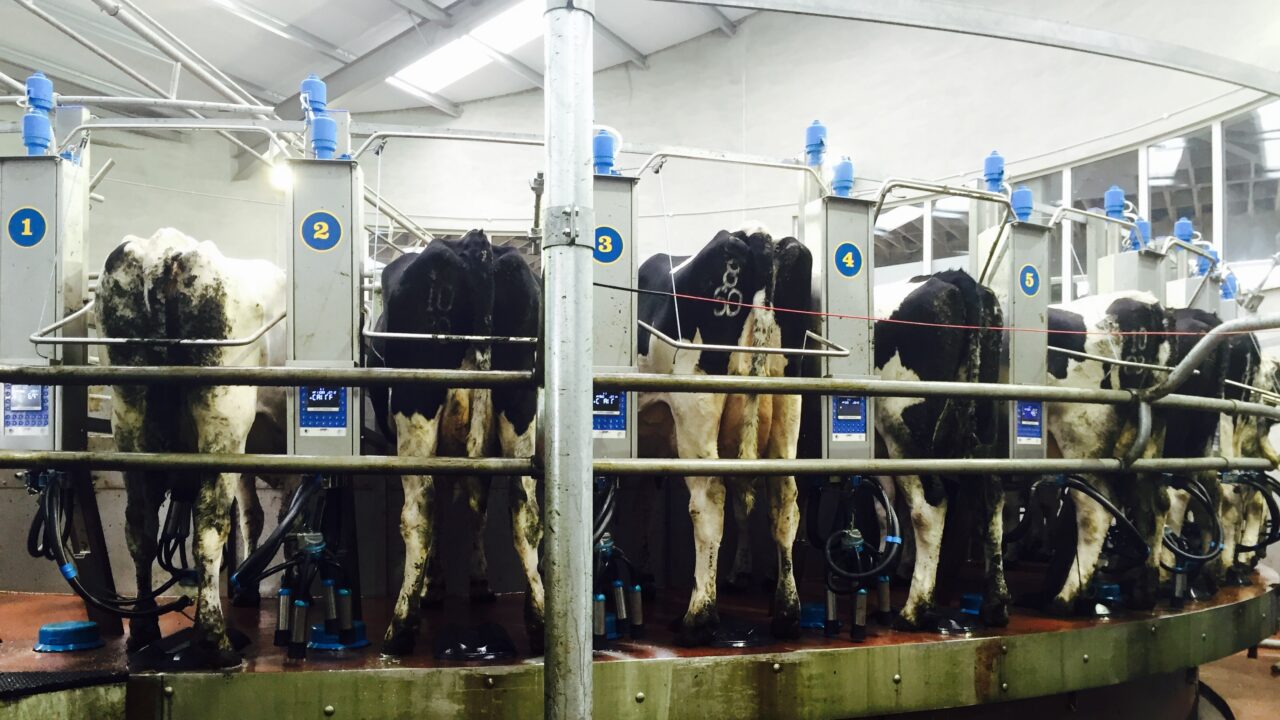Why do so many Irish dairy farmers have a problem with autumn-calving?
According to the most recent figures published by AgriLand, the number of bona-fide winter milk producers has fallen below the 2,000 threshold.
And, unless serious changes are made to the way in which the Irish dairy industry is structured, this figure could well plummet further over the next few years.
If this were to happen, it would be one of the most retrograde developments to have ever impacted on the Irish milk industry.
Consider the following facts. Very large sums of money have been spent by the co-ops over recent years – putting up additional processing capacity.
So, it makes absolute sense, for this resource to be used at maximum efficiency.
And, in practical terms, this means having a commensurate supply of milk all the year round.
In addition, as the Irish dairy industry expands, we are going to hit the wall in terms of our national grazing platform.
This means that significant numbers of new entrants – and existing producers – will be faced with the conundrum of having enough acres to farm; without a large enough area around the milking parlour to follow the Teagasc ‘grazing blueprint’.
Winter opportunity
This, in turn, opens up real opportunities for winter milk production.I would also argue that an autumn calving cow, can make better use of grazed grass, than her spring counterpart.
In my opinion, it makes total sense to chase yield for 90, or so, days on the back of high quality TMRs (total mixed ration) during the winter months; and then maintain output – particularly where milk protein is concerned, using spring grass.
But this approach only works if the co-ops pay a decent winter milk bonus. Dairy farmers cannot be expected to put all this additional work and investment in for nothing.
Northern solution?
Dare I suggest that the answer to this conundrum lies to the north? Processors in Northern Ireland cannot get enough winter milk at the present time.
Dale Farm, as a case in point, is currently chipping-in with its now standard winter bonus plus a further contribution for additional milk supplied in the months of October, November and December, relative to that same period in 2015.
So why can’t the co-ops south of the border take a similar approach?
